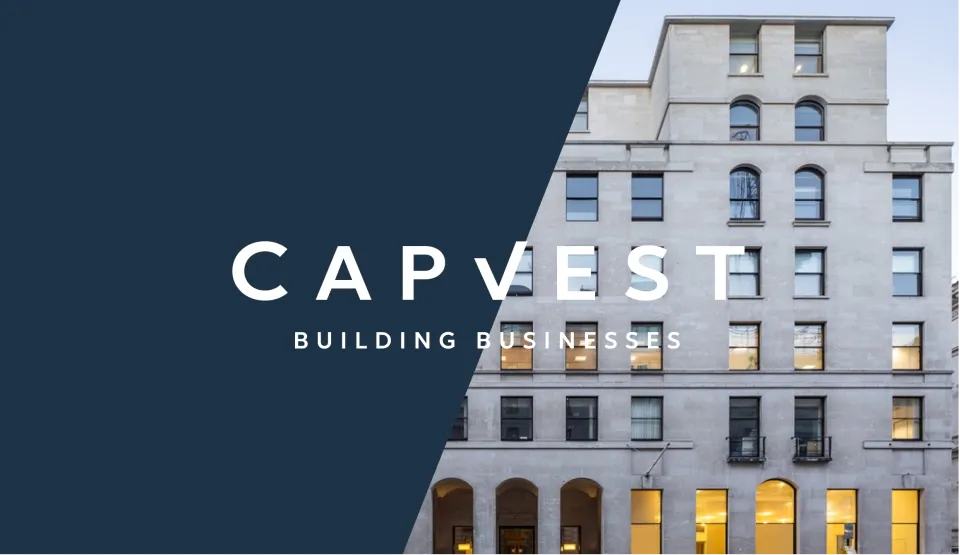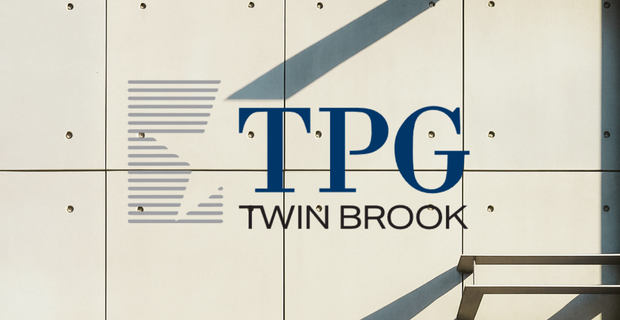CapVest and PAI Partners

The Challenge
Private equity firms in 2025 are grappling with restrictive exit environments, with IPOs and traditional sales channels frequently closed or offering subpar valuations for large, growing assets—especially in industries like pharmaceuticals and consumer products.
Both CapVest and PAI Partners needed a mechanism to balance continued value creation potential in prized assets such as Curium Pharma (radiopharma) and Froneri (ice cream), while also providing liquidity to investors.
The Problem
As initial continuation vehicles (CVs) reach maturity, sponsors face a dilemma: sell quality assets prematurely into weak markets or risk further extending holding periods with no clear exit path.
This dynamic strains relationships with limited partners (LPs) who increasingly desire distributions and mark-to-market returns but recognize the ongoing potential in these underlying businesses.
Standard CVs are sometimes insufficient, demanding a more innovative approach to align all stakeholder interests.
The Solution
CapVest and PAI Partners adopted the CV-squared (CV-on-CV) strategy: a process whereby a portfolio company, having already been rolled into one continuation vehicle, is subsequently moved into a second one as its growth story persists.
This structure enables existing LPs to choose between cashing out at a market-based price or continuing their investment alongside new and secondary investors.
These transactions involve robust third-party valuation, transparent competitive processes (such as auction or price discovery), and comprehensive disclosure to mitigate potential conflicts. The solution leverages the expanding sophistication of the secondaries market, allowing ongoing, hands-on operational improvement and compounding of equity value, while offering tailored liquidity for those who seek it.
The Benefit
By successfully implementing CV-squared solutions, both firms have kept high-performing assets under expert stewardship, maximising operational gains, executing longer-term strategies, and professionalising management teams.
Investors benefited from structured liquidity options, competitive pricing, and the ability to continue participating in future upside—all while the sponsors maintained strong stakeholder alignment and demonstrated their capability to innovate in private equity deal-making.


Member discussion